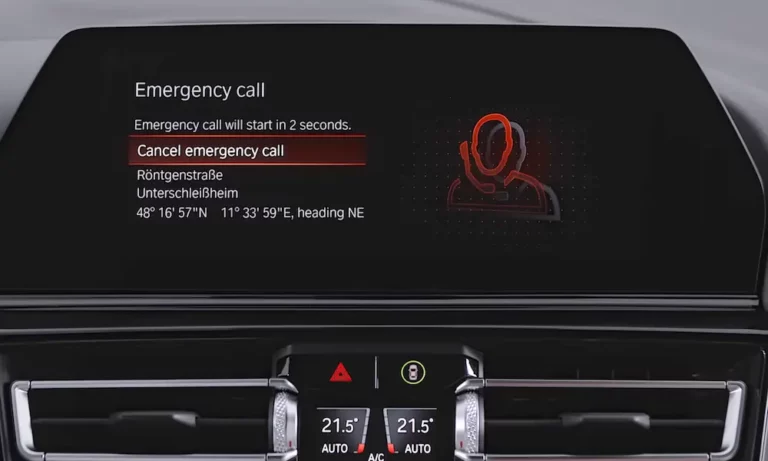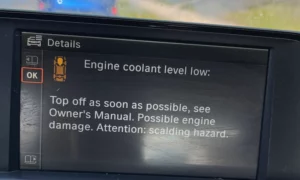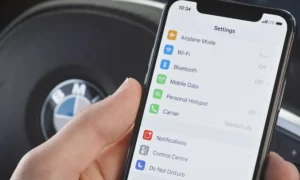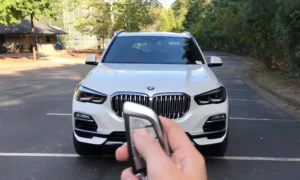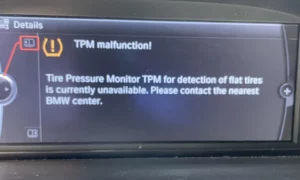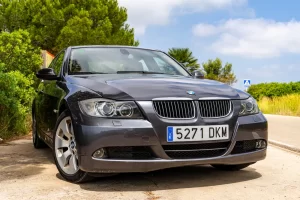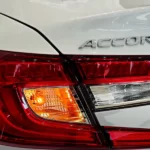Has your BMW dashboard suddenly lit up with an “Emergency call system unavailable” warning? You’re facing a common issue that affects numerous BMW models, but don’t worry – understanding what’s happening is the first step to fixing it.
The BMW Emergency Call (SOS) system is a crucial safety feature designed to automatically contact emergency services during accidents. When it malfunctions, you lose an important safety net that could be vital in a serious situation.
Let’s dive into what causes this problem, how to fix it, and what BMW is doing about related issues.
What Is the BMW Emergency Call System?
The BMW Emergency Call System (also called SOS) works through a Telematics Control Unit (TCU) that manages emergency communications when you need help. It’s designed with multiple layers of protection:
- Connects to your vehicle’s main electrical system
- Contains a dedicated backup battery for power during emergencies
- Activates automatically during collisions
- Allows manual activation via the SOS button
During every startup, the system runs self-tests to verify everything’s working properly. When the backup battery deteriorates beyond a certain point, your dashboard displays warnings like “Emergency call system unavailable” or “SOS call system failure.”
The system is meant to function even if your car loses power in an accident – that’s why the backup battery is so important. It uses cellular connectivity to call emergency services and shares your exact location when seconds count.
Common Causes of BMW Emergency Call System Malfunctions
Degraded Backup Battery
The number one culprit behind SOS system failures is a worn-out backup battery. This small battery powers the emergency system if your main vehicle power gets cut during an accident. Like all batteries, it has a limited lifespan.
This problem is worse in cold weather – many BMW owners first notice the warning messages appearing during winter months. The error might come and go initially as the vehicle partially recharges the backup battery, but eventually becomes permanent.
Water Damage Issues
Water getting into the telematics module is another major cause of failures. This typically happens through the shark fin antenna on your roof after:
- Car washes with high-pressure water
- Heavy rainstorms
- Poor sealing from previous repairs
- Improper reinstallation of the antenna
Water can cause short circuits in the SOS button or damage the TCU module directly. Many owners report seeing the error message immediately after their car gets wet, which points strongly to water as the cause.
Software and Communication Problems
Sometimes the issue isn’t hardware at all but software problems or communication errors in your vehicle’s network:
- Warning messages that appear and disappear randomly
- Connected features like voice commands failing alongside SOS warnings
- Issues that go away after system resets or software updates
These problems often affect multiple systems simultaneously – if your voice commands, weather information, and Bluetooth are also acting up, you might be dealing with a software issue.
Warning Signs and Related Problems
The most obvious sign is the dashboard warning message about the emergency call system. However, you might also notice:
- Random emergency calls happening without you pressing anything
- Voice command features not working
- Weather information not updating
- Bluetooth connectivity issues
- Problems seeing mileage or fuel consumption data
These additional symptoms help identify whether you’re dealing with a battery issue, water damage, or something more complex.
BMW Models Affected by Emergency Call System Failures
This issue spans a wide range of BMW vehicles made from around 2014 onwards:
| Series | Affected Models |
|---|---|
| 3 & 4 Series | F30/F32 platforms |
| 5 Series | Including G30/G60 and i5 |
| 7 Series | Including i7 |
| X Series | X1, X2, X3, X5, X6, X7 |
| Performance | XM models |
Both gas-powered and electric BMWs experience this problem since they use similar emergency call system architectures. The issue shows up in brand new cars as well as older models with significant mileage.
DIY Troubleshooting and Fixes
Replacing the Backup Battery Yourself
If you’re comfortable with car electronics, you can replace the backup battery:
- Find the telematics module (usually under the rear headliner)
- Remove the rear upper brake lights and C-pillar interior pieces
- Lower the headliner partially to access the TCU
- Release the TCU using the latch at the bottom
- Carefully open the module with a pick tool
- Replace the small backup battery
- Reassemble everything in reverse order
The difficulty varies by model – some BMWs require extensive interior disassembly while others provide easier access.
Finding and Fixing Water Leaks
To check if water is causing your problem:
- Access the area under the shark fin antenna
- Place a paper towel where the TCU would sit
- Apply water around the shark fin (or check after rain)
- If the paper towel gets wet, you have a sealing problem
Resealing the shark fin antenna can fix water-related issues. This means removing the antenna, cleaning the surface, applying fresh sealant, and ensuring proper installation.
Professional Repair Options
Many owners prefer professional repairs due to the complexity involved. When you take your BMW to a dealership, they’ll typically:
- Run diagnostic scans to find specific fault codes (like B7F341 for battery issues)
- Determine the exact cause (battery, water damage, software)
- Replace components as needed (either the battery or entire TCU)
- Update software if necessary
- Reset the system and verify it’s working
Professional repair costs vary depending on what’s causing the problem:
| Repair Type | Approximate Cost |
|---|---|
| Battery replacement | $100-300 plus labor |
| Complete TCU replacement | $500-1,000 plus labor |
| Software updates | Often included in diagnosis or warranty-covered |
Related BMW Recalls You Should Know About
While researching your emergency call system issue, you might come across several BMW recalls that could be confused with it:
Integrated Brake System Recalls
BMW issued recall 24V-104 affecting various 2023-2025 models including the 5 Series, 7 Series, X1, X2, X5, X6, X7, and XM. This recall addresses the integrated brake system, which might malfunction and reduce braking performance. The dashboard warnings for this issue might look similar to SOS system warnings.
A more recent recall (effective September 12, 2024) expanded this to include additional vehicles with integrated brake servomotor issues.
Expanded Braking System Recall
BMW recently expanded their recall for faulty welding in braking systems from Continental AG. It initially affected 76,000 vehicles in February 2024 but now covers 278,000 vehicles globally. The faulty welding could cause emergency braking system malfunctions, increasing accident risk.
What You Should Do Now
If you’re seeing emergency call system warnings in your BMW:
- Don’t ignore the warning – this is an important safety feature
- Take note if the issue is constant or comes and goes (helps diagnose the cause)
- Check if your vehicle is under warranty or covered by a recall
- Test the system by pressing the SOS button and telling the operator it’s a test
- Decide whether to fix it yourself or seek professional help based on your technical comfort level
Addressing this issue promptly ensures this valuable safety feature works when you might need it most. The emergency call system could save crucial minutes during an accident – exactly when every second counts.
Remember that while this malfunction doesn’t affect your car’s driving performance, it does compromise a key safety feature that could be essential during an emergency.

